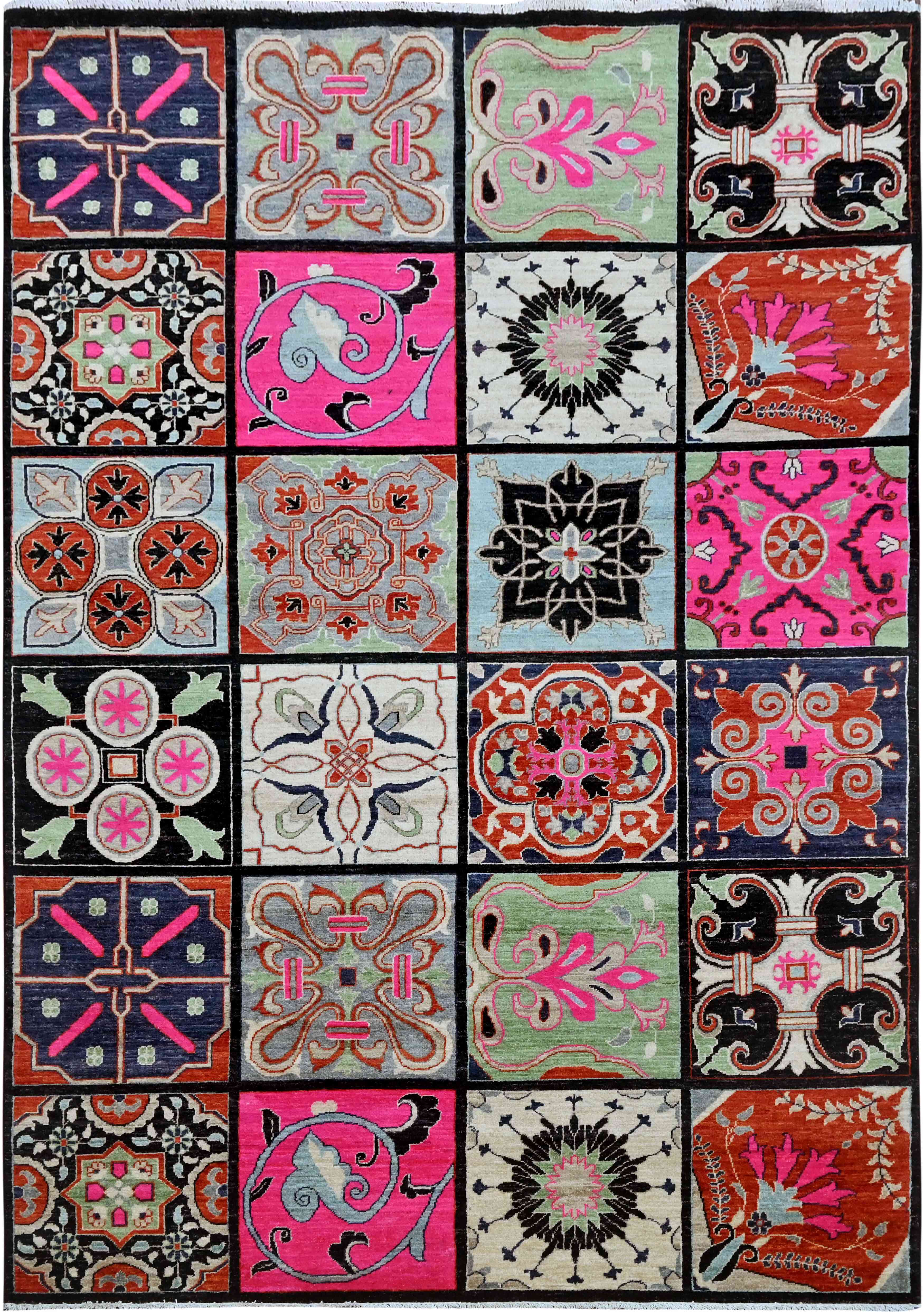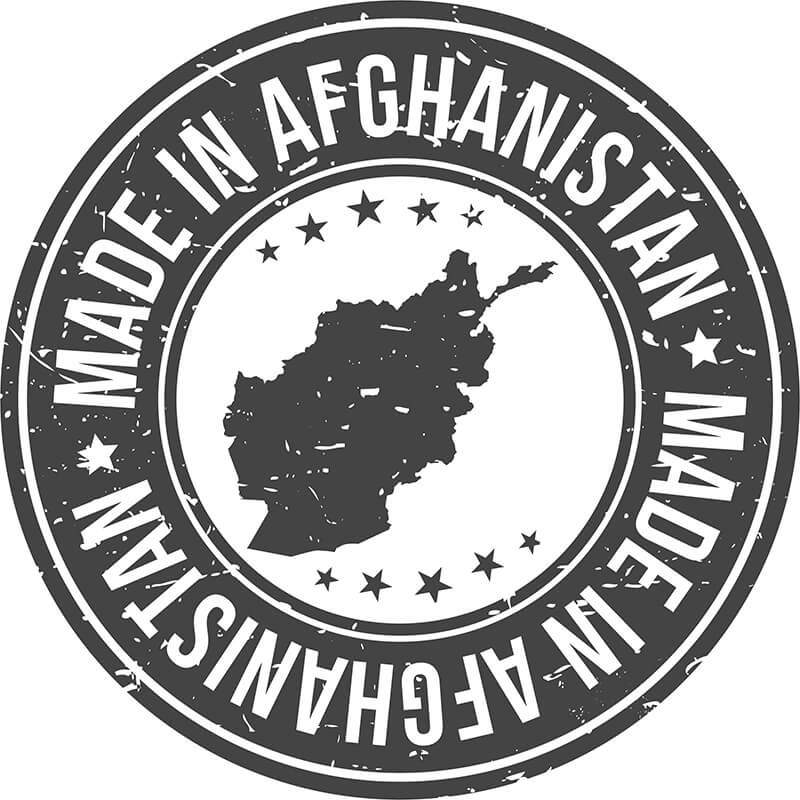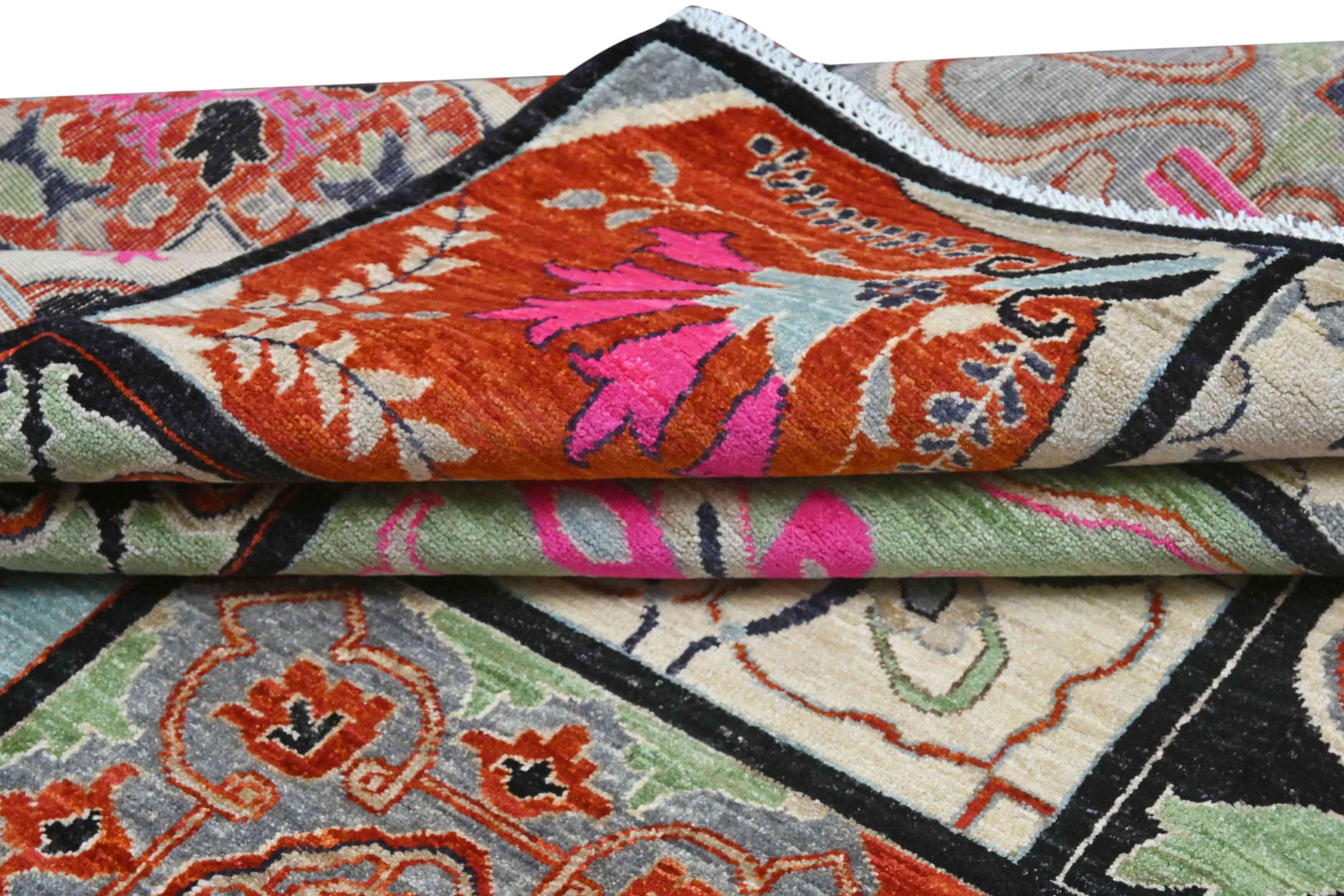A Brief History of Afghan Carpets

Afghan carpets usually refer to rugs traditionally made in Afghanistan. However, many of these carpets today are also woven by Afghan refugees who reside in Pakistan and Iran. Between 1979 and 1992, around one million Afghans, including thousands of rug-weavers, fled Afghanistan during the Soviet Union occupation period.
Afghan rugs are well-constructed, durable and made up of lovely designs. They reflect the heritage of cottage-based craftsmanship passed through generations.
Carpets from Afghanistan can be divided into two categories: Turkmen carpets (also known as Turkoman) and Baluchi carpets. Most of these carpets have more in common with the tribal weavings of Central Asia in terms of color, design and weave than with their Persian counterparts. Contemporary Afghan weavers continue to create traditional rugs with designs passed down from generations passed.
Their carpets are often woven on small portable looms and are mainly produced to adorn their personal homes. Most are made up of Persian knots and many feature vegetable-dyed hand-spun Afghan wool. Some weavers employ yarn that has been dyed naturally however it is common to use pre-dyed wool yarn, which is readily available in the local towns and villages. The pre-dyed wool can be used alone or in combination with naturally dyed yarn. Natural dyes are plant and vegetable based.
Various qualities of pile carpets are available, ranging from coarse to medium in weave, including felted wool carpets (Namads), flat non-pile fabric woven carpets (Kilims), and pile and knotted carpets made from wool, silk, and cotton. The process of creating a hand knotted rug is laborious one that typically takes six to nine months to weave. To learn more about afghan rugs, visit our Afghan Rugs section.
Sources and inspiration: Bérinstain, Valérie, et al. L'art du tapis dans le monde (The art of carpets in the world). Paris: Mengès, 1996. Print.; Jerrehian Jr., Aram K.A. Oriental Rug Primer. Philadelphia: Running Press, 1980. Print.; Herbert, Janice Summers. Oriental Rugs, New York: Macmillan, 1982. Print.; Hackmack, Adolf. Chinese Carpets and Rugs, Rutland and Tokyo: Tuttle, 1980. Print. ; De Moubray, Amicia, and David Black. Carpets for the home, London: Laurence King Publishing, 1999. Print.; Jacobsen, Charles. Oriental Rugs A Complete Guide, Rutland and Tokyo: Tuttle, 1962. Print.; Bashir, S. (n.d.). Personal interview.; Web site sources and dates of consultation vary (to be confirmed). Without prejudice to official usage.













 Tapis d'Orient Bashir | Bashir Persian Rugs
Tapis d'Orient Bashir | Bashir Persian Rugs
 @tapisbashir
@tapisbashir
 @bashircarpets
@bashircarpets
 @bashircarpets
@bashircarpets